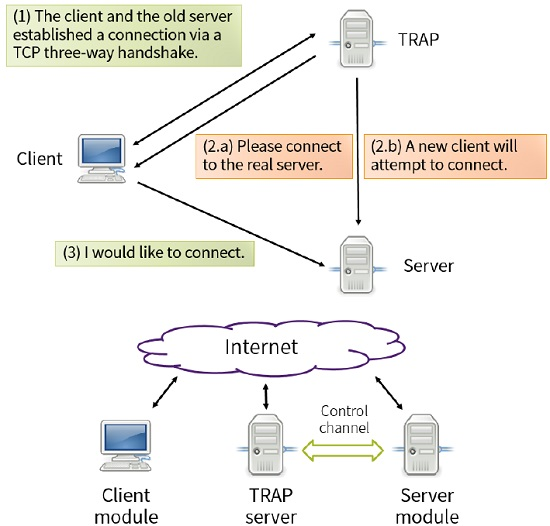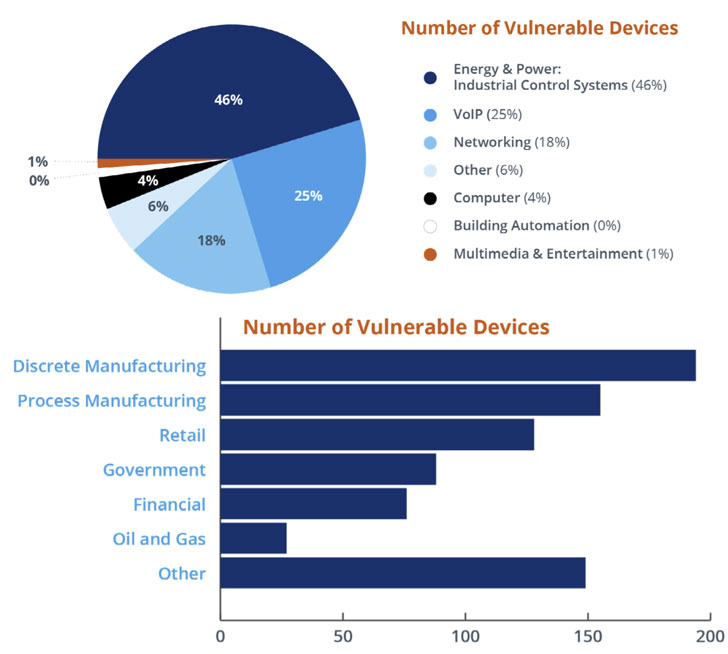

All the hacker must do is grab and analyze network traffic. How can someone learn that information? When an attacker is in the same segment as the target or when the target's traffic comes through the attacker's segment, the task of getting ISSa and ISSb numbers becomes trivial. Then, the true connected host loses its connection because the counters in the reply don't match!įor an attack like the one depicted above to occur, the only pieces of information that an intruder is required to know are the two current 32-bit parameters (ISSa and ISSb) that identify the TCP connection. When these protocols get a fake packet from an attacker, they assume that it’s a valid one from the connected host and send a reply to the IP set in the fake packet. Neither FTP nor Telnet protocols check the source IP addresses of the hosts from which they receive packets. Then, to have the intruder's packet recognized as valid, the intruder can send a packet from any Internet-connected host, as long as the packet is masked as a packet from any host that’s part of the connection (such as a TCP connection client host). All an intruder has to do is get the current values of the identifiers of a TCP packet for a defined TCP connection (like a Telnet connection). The possibility of TCP packet substitution is becoming much more important because analysis of the FTP and Telnet protocols, which are based on the TCP protocol, shows that the problem of identifying FTP and Telnet packets is handled only by the transport layer protocol (TCP protocol) and nothing else. To generate a fake TCP packet, the only things that an intruder must know are the current identifiers for definite connection: ISSa and ISSb. In the sample TCP connection setup scheme described above, the only identifiers of TCP clients and TCP connections are Sequence Number and Acknowledgment Number-two 32-bit fields. This sample TCP connection setup scheme details the connection between host A and host B. You can follow the entire TCP connection setup scheme in Figure A. From now on, host A can send data packets to host B through this new virtual TCP link: A TCP connection between these hosts (A and B) is set up. After sending this packet to host B, host A ends the third-level handshake. The Sequence Number ISSa is increased by 1, and the Acknowledgment Number ISSb is increased by 1. Host B sets the Sequence Number to its initial sequence number ISSb, and the Acknowledgment Number is set to ISSa (from host A) and increased by 1. This reply sets the SYN and ACK command bits. After receiving this packet, host B generates a reply: In the message that host A sent, command bit SYN is set, and Sequence Number has an initial sequence number ISSa that’s 32 bits long. In this case, host A sends host B a packet like this: Let's suppose that host A wants to set up a TCP connection with host B.

Another field, named Control Bit, is 6 bits long, and it carries the following command bits: They are named Sequence Number and Acknowledgment Number. That explains why application level protocols, such as SMTP, FTP, and Telnet, use TCP to gain remote access to other hosts.įor TCP packet identification, the TCP header consists of two 32-bit fields that are used as packet counters. The TCP protocol is the only protocol from the TCP/IP protocol family that has additional packet and connection identification and authentication mechanisms. All of this is transparent to the virtual link, which disappears when the connection session ends. TCP processes packets by sequence number as they are received, and it puts out-of-order packets back into place. Low-level algorithms control the packet queue and request that damaged or incorrect packets be resent.
Connected by tcp hack free#
It sets up a logical connection-a virtual link that we can assume is free from error. This protocol makes it possible to fix errors during packet transfers. Transmission Control Protocol (TCP) is one of the basic protocols of the transport layer of the Internet. That's why I suggest that you start with a brief review of the TCP protocol. To build an effective defense, you need to understand all of the details about TCP hijacking. They just can’t stop wily hackers who know their stuff. Even now that almost every systems administrator knows about this potential vulnerability, TCP hijacking is still common because many systems administrators don't understand the principles behind this method. Not long ago, TCP hijacking was one of the most popular techniques for intruders to gain unauthorized access to Internet servers. "To kill the Enemy, you should know him as well as you know yourself."-Anonymous


 0 kommentar(er)
0 kommentar(er)
